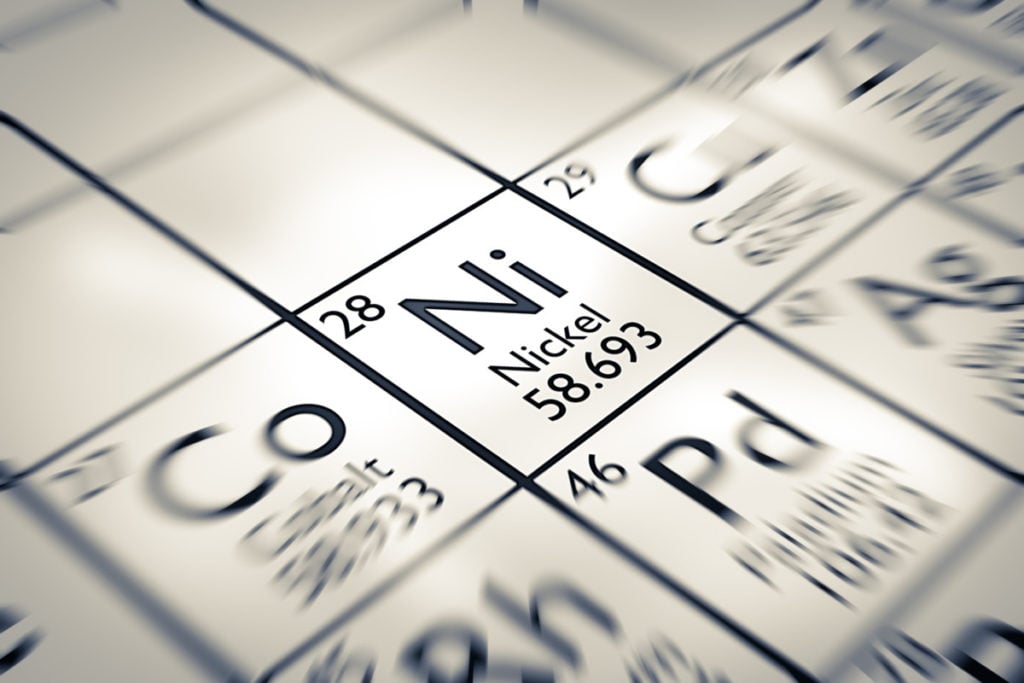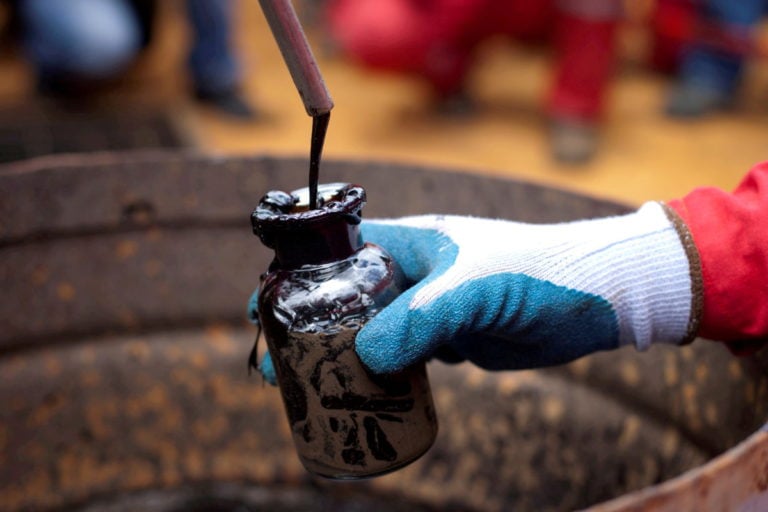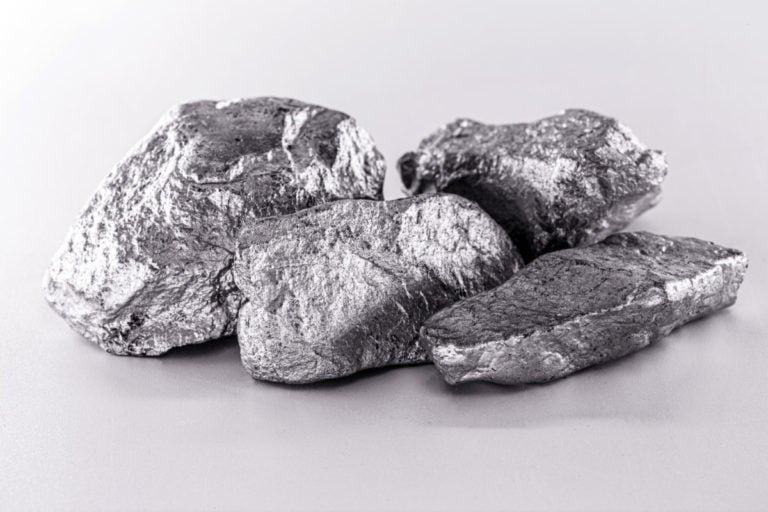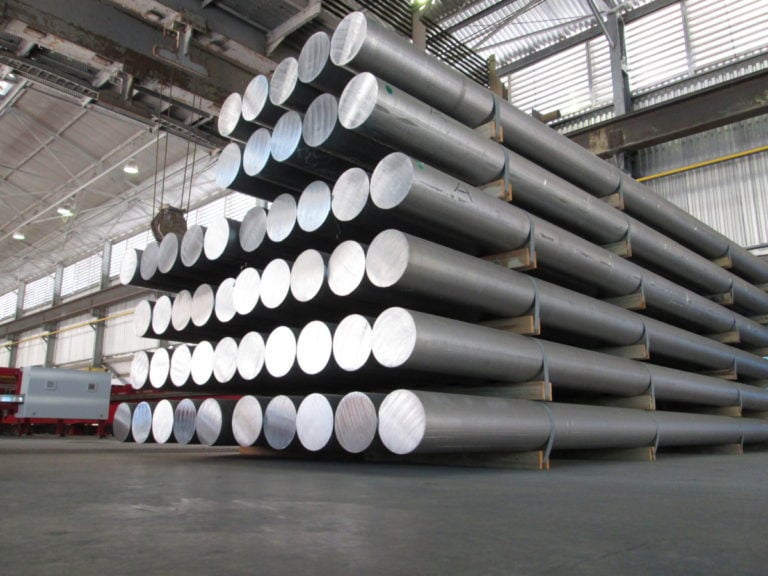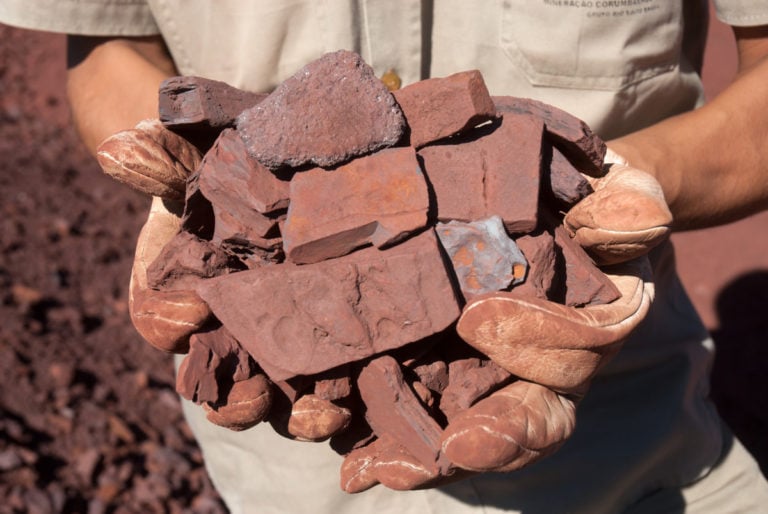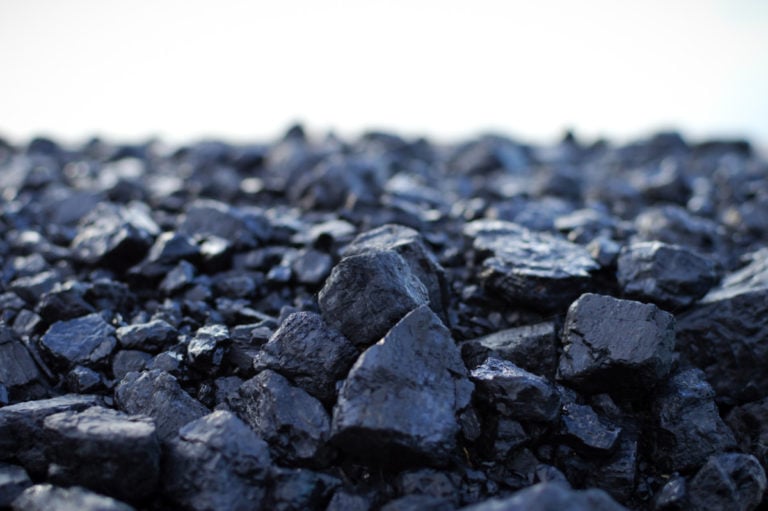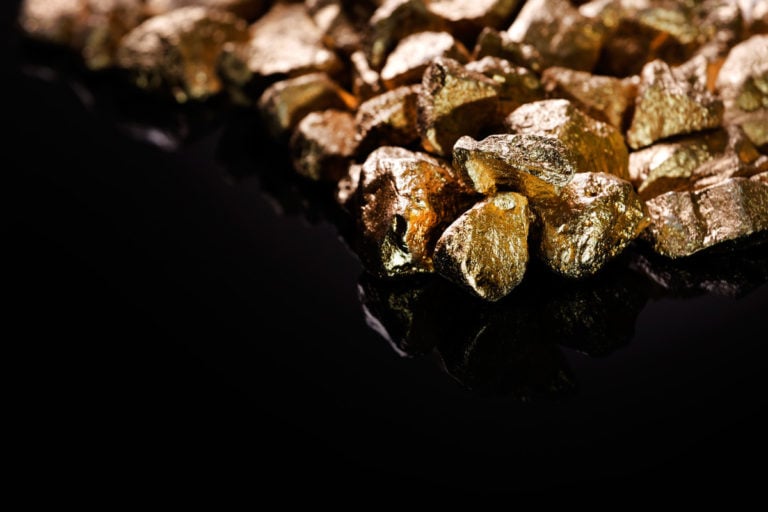Nickel is denoted by Ni. From the German language – a mischievous person, in his years he had a bad reputation because of arsenic.
The atoms of this ore have a metallic crystal lattice. The metal cell is cubic, all atoms are located at the vertices, the center of the faces. The structure is pressure resistant. The atomic mass of the element is 58.69 g/mol. It has four electronic layers, which are completely filled. The radius of the atom is 0.124 nm. Therefore, it is considered saturated. More often forms compounds in the oxidation state +2, 0.
Like all metals
Nickel is a metal. Therefore, it has general metallic properties:
- Forgeability;
- Metallic sheen;
- Plasticity;
- Thermal conductivity (low);
- Electrical conductivity;
- Elasticity.
Physical Properties
As a simple substance, the metal has a brilliant light silver tint. It is resistant to alkali, water, acid corrosion. Possessing plasticity, malleability and intrinsic properties:
- Melting point 1450 °C.
- Boiling point 2830 °C.
- Thermal conductivity 92 W/m
- Density 8.9 kg/dm3.
Optical properties of metal
To determine the atoms of an element, the disodium salt of acetic acid, anthranilic acid, is used. The optical density is measured by X=1000 µm. The element is found in the presence of calcium, chromium, mercury, aluminum, zirconium.

But it is impossible to find with copper, iron, cobalt, bismuth, silver. In reflected light it has a bluish color.
Crystallization studies
Crystalline bodies are metals, alloys. Their atoms are located at the vertices of the crystal lattices. In the process of crystallization, different crystal lattices are formed. It has a face-centered cubic. It forms two allotropic modifications:
- a-Ni below 245°C;
- p-Ni.
The process of crystallization of liquid nickel has been studied. The number of atoms in a liquid increases as the temperature decreases. It is concluded that at first the element has a loose structure. Then the groups of atoms are restored.
Classification
Alloys are divided according to some criteria. Production methods:
- cast alloys;
- Deformable workpieces.
According to the properties of alloys:
- heat resistant;
- heat resistant;
- complex (with necessary properties).
By area of application:
- gas turbine disks;
- details of combustion chambers;
- aircraft engines.
Mine everywhere
The element Ni does not occur in its pure form, only in oxides, sulfides and silicates. Nickel is mined on all continents, and smelters are located in 25 countries. Large volumes of secondary, primary metal enter the world nickel market. Nickel is stored at known deposits. Where is nickel mined?

Main nickel mining areas:
- Canada
- Russia
- Australia
- Cuba
- Albania
- Greece
- Ukraine
Nickel deposits on the sea floor exceed the metal content on land. The nickel reserve base could hold the Earth for more than a hundred years. So nickel consumption can be high.
Unique deposits have an impact on the development of the mining industry. Nickel is mined in 410 deposits in the world. Unique deposits in Russia are located in Norilsk-1, Talnakh and Oktyabrsky. There are 2 deposits in the world in Canada, 3 in Australia, 1 in China, in Greece, in New Caledonia, 2 in Indonesia.
Where is nickel mined in Russia? Currently, the country has rich reserves of the resource, ranking first in the world in its production. Nickel mining in Russia takes place in the Taimyr District (69%), the Murmansk Region (17%), and the Urals (11%).
Nickel production in Russia is carried out:
- OJSC MMC Norilsk Nickel (95%);
- JSC Yuzhural-Nickel;
- OJSC “Ufalei Nickel Plant”;
- CJSC PO Rezhnickel.
Nickel production in the world:
- Vale Inco Ltd in Canada;
- Western Mining Corp. in Australia;
- Jinchuan Group Co. Ltd” in China;
- Goro Vale in New Caledonia
Getting metal
The synthesis of nickel particles is carried out by a chemical method from a sparingly soluble carbonate using reducing agents. The main methods of obtaining nickel: smelting, pyro- and hydrometallurgical methods. How is nickel mined in the modern world?

Obtaining nickel is divided into several stages:
- The ore is subjected to crushing, drying. Excess moisture is removed.
- Flux and gypsum are formed.
- Then, coke is added to the products and melted down.
- The result is slag and matte.
- The matte is blown through the converter.
- White nickel matte comes out.
- Carbon monoxide is extracted from the slag.
- Nickel matte is crushed, fired.
- Nitrous is reduced with charcoal. The dust is returned to the kiln.
- Refining.
It is fragile in the hands of jewelers, but in metallurgists?
The first use of metal was invented by jewelers. The ore does not darken in air and is easily processed. Used in the manufacture of jewelry, household utensils, coins. The metal smelted at that time was not noble. Its fragility was unworkable at the time. A small proportion of sulfur and oxygen in the alloy greatly changed the properties, destroying the film.
Most of the metal is used in the production of alloys with iron, chromium, and copper. Now jet technology is being diligently developed, gas turbine plants are being created. Heat-resistant alloys of nickel ore are important here. They are used in the production of nuclear reactors, alkaline batteries, anti-corrosion coatings. Pure metal is used in the manufacture of sheets, pipes.
Why highly valued
The element has amazing properties that are valued in industrial production.
Thanks to plasticity, it is easy to obtain the desired shape. The metal is resistant to aggressive solutions, does not react with oxygen. Reacts in alloys with most metals whose properties can be improved.
Interesting Nickel Facts
- One hundred years ago, the element was an exotic metal. The dishes made from it were used only by persons of blue blood, for example, the emperors of Austria.
- Tsarist Russia did not have a nickel industry. It was brought from overseas. Industry was created under the Soviet regime, and the first plant began operating in 1934.
- Plants and microorganisms accumulate ore. Nickel is found in coal and shale. In England, coal ash contains 78 kg of nickel per ton.
